Reviewed by Julianne Ngirngir
What if the next major iPhone redesign wasn't about adding more cameras or faster chips, but about making the device disappear entirely? Apple is reportedly preparing a "major shake-up" for the iPhone's 20th anniversary in 2027, with plans for a revolutionary model that could fulfill former design chief Jony Ive's long-held vision of creating a device that appears like "a single sheet of glass." Bloomberg's Mark Gurman describes it as a "mostly glass, curved iPhone - without any cutouts in the display," while Korean reports suggest Apple's suppliers are developing "4-sided bending display technology" that would completely eliminate bezels on all sides.
Making this vision reality requires solving engineering challenges that have stumped the entire industry—starting with the most basic assumptions about smartphone displays and thermal management.
Why zero-bezel displays are harder than they look
Let's break down the technical nightmare Apple is trying to solve. Samsung Display and LG Display are working overtime to meet Apple's demands, but the challenges are proving more complex than initially expected. Unlike Samsung's curved-edge phones from years past, Apple wants to avoid optical distortions like the "magnifying glass effect" that plagued earlier curved-screen smartphones.
The implementation would be similar to the Apple Watch where the panel itself is flat but cascades down on all sides. But scaling this approach from a 1.9-inch watch face to a 6.7-inch iPhone creates exponentially more stress points and requires entirely new manufacturing precision. Here's where it gets tricky: manufacturers need to develop specialized Thin Film Encapsulation (TFE) to protect the OLED display and Optical Clear Adhesive (OCA) tailored for curved edges. Progress with OCA technology has been slow, with unresolved issues including side-view distortion and increased screen fragility.
PRO TIP: The complexity explains why even optimistic timelines now point to 2027 or later—Apple initially wanted this technology ready by 2025 but technical hurdles keep pushing back the launch window.
The engineering puzzle of an all-glass iPhone
Building a predominantly glass smartphone isn't just about looks—it's about solving fundamental physics problems that cascade through every engineering decision. Apple would need specialized glass composites far stronger than current Ceramic Shield technology, possibly exploring ultra-strong laminated structures or glass-metal fusion techniques. The company's patent portfolio shows they've been working on all-glass device embodiments since at least 2014, with designs that include displays on both front and back surfaces.
But glass presents a thermal management nightmare. Unlike metal, glass is a poor conductor of heat, which means Apple's engineers need to solve performance throttling and battery degradation issues in a design with minimal metal elements. Those deformable sides described in Apple's patents aren't just about new force-based interactions—they could also house thermal dissipation channels that traditional rigid frames can't accommodate. The thermal challenge partly drives the 2027 iPhone's rumored 16nm display driver chips based on FinFET 3D structure, which should consume significantly less power than current 28-nanometer planar processes.
Don't Miss: Apple's patents describe deformable sides that respond to force-based input, suggesting the glass iPhone might introduce entirely new interaction methods while solving structural engineering challenges simultaneously.
What pure silicon batteries mean for the future
Here's where Apple's signature patience with emerging technologies pays off. Apple is exploring pure silicon battery technology that uses 100% silicon as a cathode instead of graphite, which could dramatically increase energy density and battery endurance. This isn't just about longer battery life—it's about creating cells that deteriorate slower, meaning users retain more capacity over the device's lifespan.
The timing reflects Apple's typical approach—they've been watching silicon battery development since 2017 prototypes, waiting for the technology to mature enough for mass production without compromising reliability. Current lithium-ion batteries have graphite anodes, but silicon anodes can store more lithium ions for higher energy density. Combined with the power efficiency gains from advanced display drivers, this could offset the energy demands of an all-screen, always-on glass display that wraps around four edges instead of staying safely flat.
PRO TIP: The battery improvements aren't just about the anniversary iPhone—expect this technology to trickle down to regular iPhone models once Apple perfects the manufacturing process.
The foldable factor and display evolution
The 2027 anniversary iPhone isn't happening in isolation—it's part of a carefully orchestrated transition toward Apple's ultimate all-screen vision. Multiple reports suggest Apple will launch its first foldable iPhone by September 2026, featuring a book-style design with a 7.8-inch inner display and 5.5-inch outer screen. The foldable will use liquid metal hinges to improve durability and reduce screen creasing—technology that could inform the structural challenges of an all-glass device that needs flexibility at the edges.
But here's the strategic roadmap that reveals Apple's long-term thinking: Apple is working on a three-phase transition toward a truly all-screen iPhone. Phase one arrives in 2026 with smaller cutouts, phase two in 2028 will hide most Face ID components under the display, and by 2030, both Face ID sensors and selfie camera will be completely invisible under the screen. The 2027 anniversary model sits perfectly in this timeline as Apple's statement piece—proof they can push boundaries while learning from both foldable development and zero-bezel manufacturing challenges.
The parallel development of foldable and all-glass technologies shows how Apple balances innovation risks across multiple product lines rather than betting everything on a single approach.
What this means for your next iPhone upgrade
Bottom line: if you're hoping for a revolutionary iPhone design, 2027 might finally deliver. But let's be realistic about what "mostly glass" and "curved edges" actually mean for daily use. Samsung abandoned curved screens on the Galaxy S24 Ultra because they created accidental touch issues, visual distortion, and higher repair costs—problems that intensified as users became more practical about smartphone functionality.
Apple's approach seems strategically different—focusing on flat displays that curve at the edges rather than truly curved screens throughout. This could avoid Samsung's pitfalls while achieving the "single sheet of glass" aesthetic. The pricing will likely start around $2,000, positioning this as a luxury collector's item that proves Apple can redefine smartphone design, even if most users stick with more practical models that incorporate lessons learned from the anniversary edition.
SHOP: If you're intrigued by cutting-edge iPhone design but can't wait until 2027, the upcoming iPhone 17 Air represents Apple's first step toward ultra-thin, glass-focused designs.
Where innovation meets reality
The 2027 iPhone represents more than just another product refresh—it's Apple's attempt to solve problems that have challenged the entire industry while setting up their next decade of device evolution. Zero-bezel displays, under-screen cameras, and all-glass construction require breakthroughs in materials science, display technology, and thermal management that go far beyond typical smartphone iteration. The solutions Apple develops for thermal dissipation in glass could actually inform future aesthetic choices, turning engineering constraints into design opportunities.
Whether Apple can deliver on the 2027 timeline remains to be seen—technical challenges have already pushed back earlier projections, and the company's track record shows they'd rather delay than compromise. But the patent activity, supplier relationships, and strategic timing with foldable development suggest they're serious about making Jony Ive's "single sheet of glass" vision a reality, even if it takes longer than originally planned.
The real question isn't whether Apple will eventually build an all-glass iPhone—it's whether the rest of us are ready for smartphones that look more like magical artifacts than the rectangular slabs we've carried for the past two decades. Cool? Absolutely. Ready for prime time? We'll know in 2027.







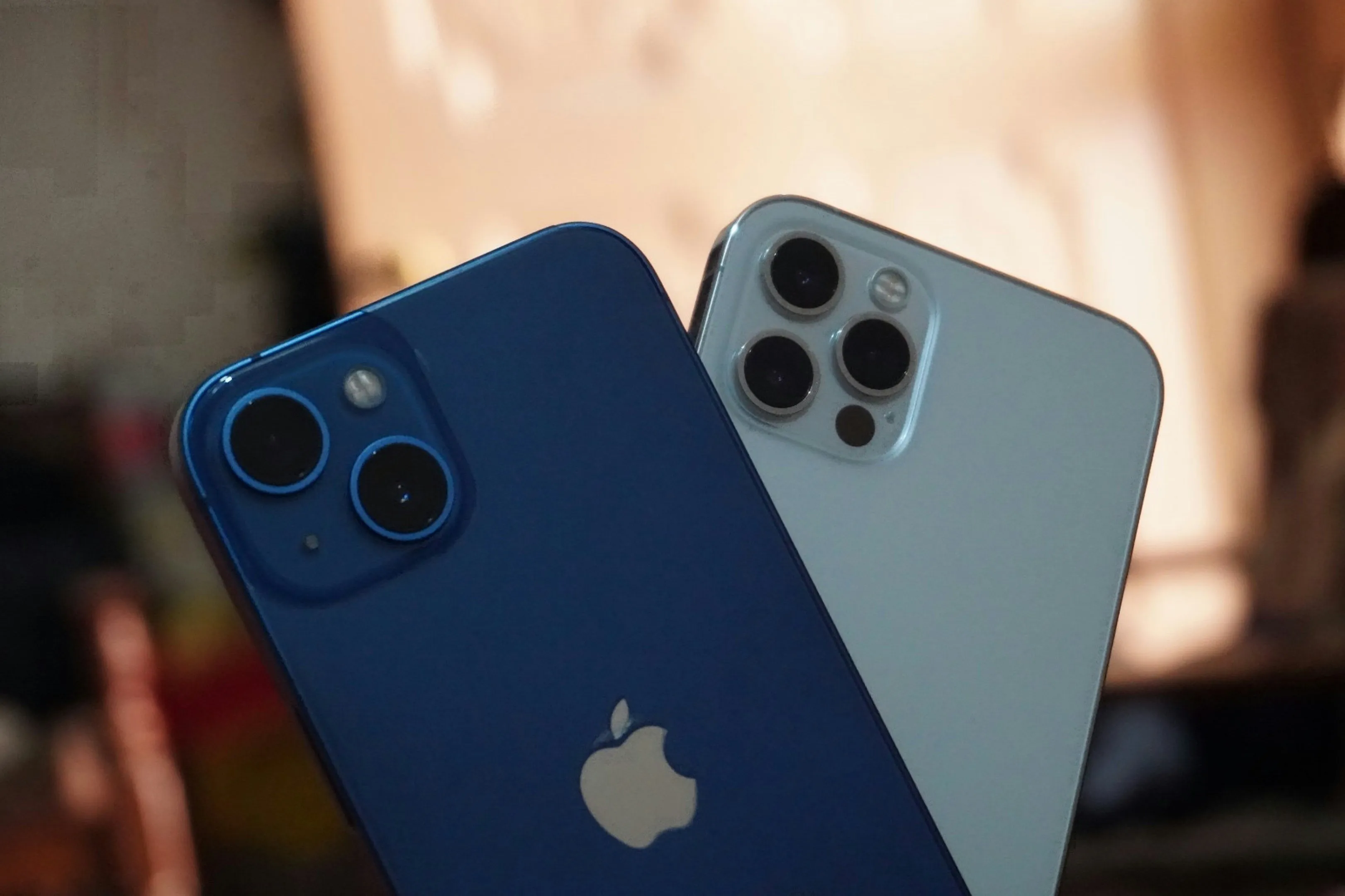
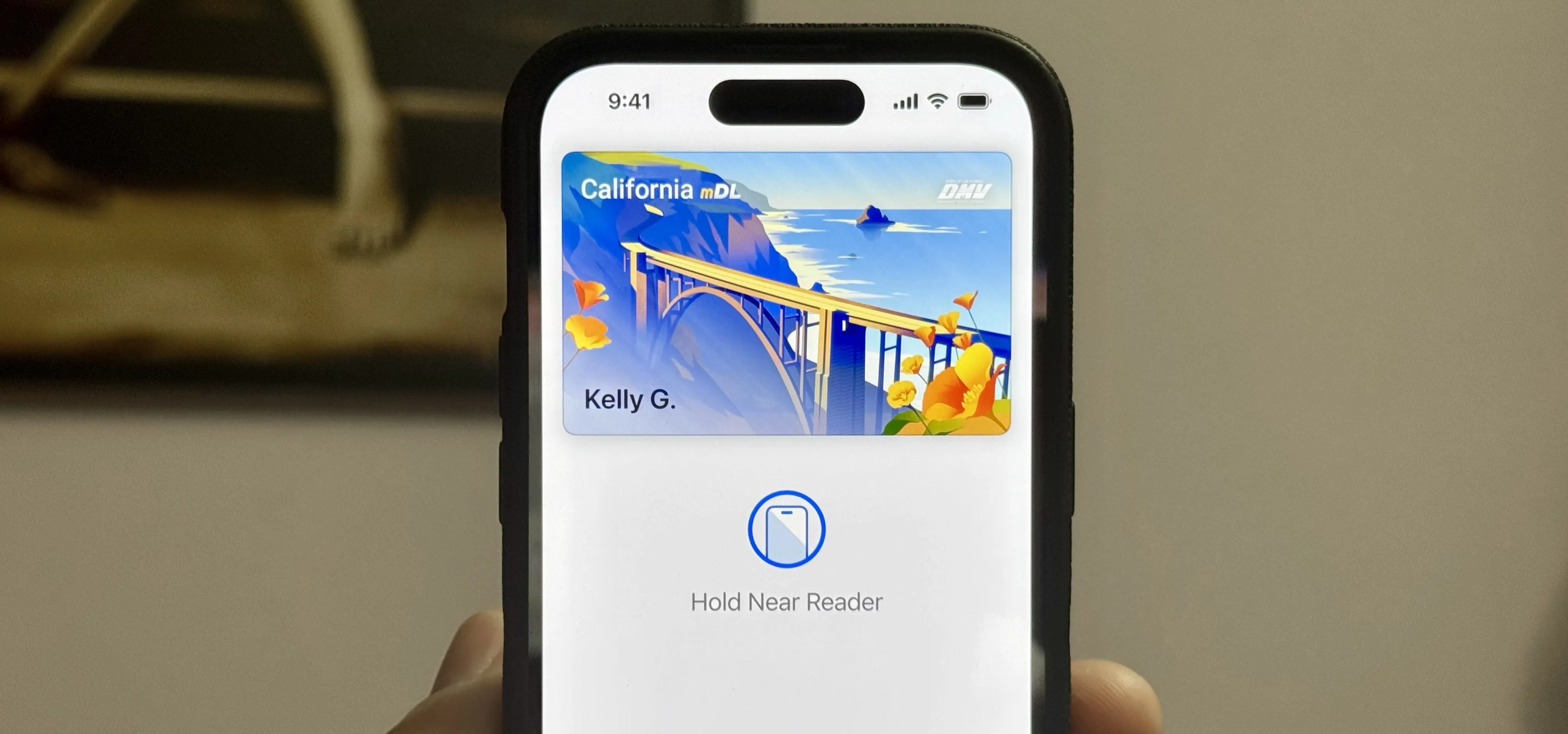
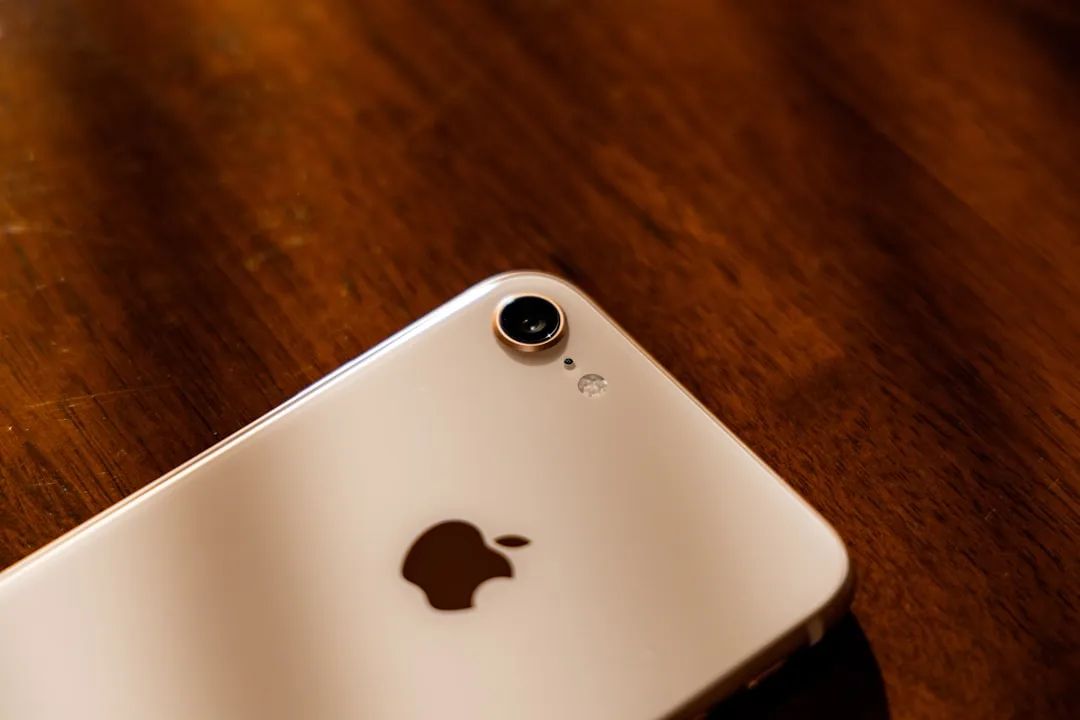
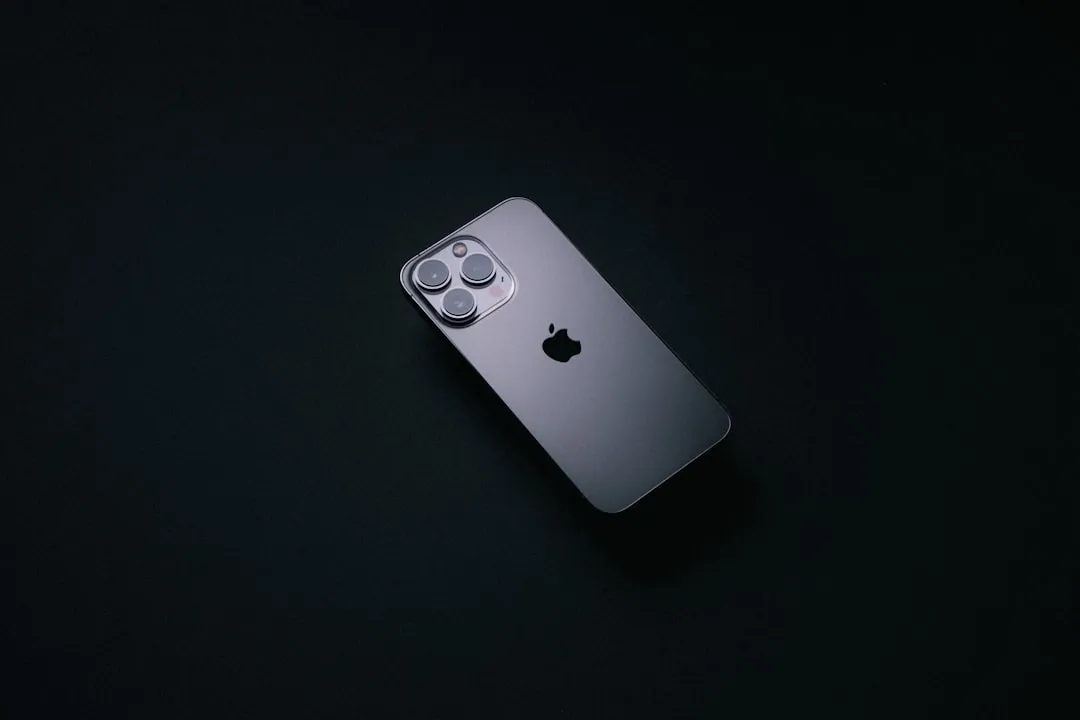
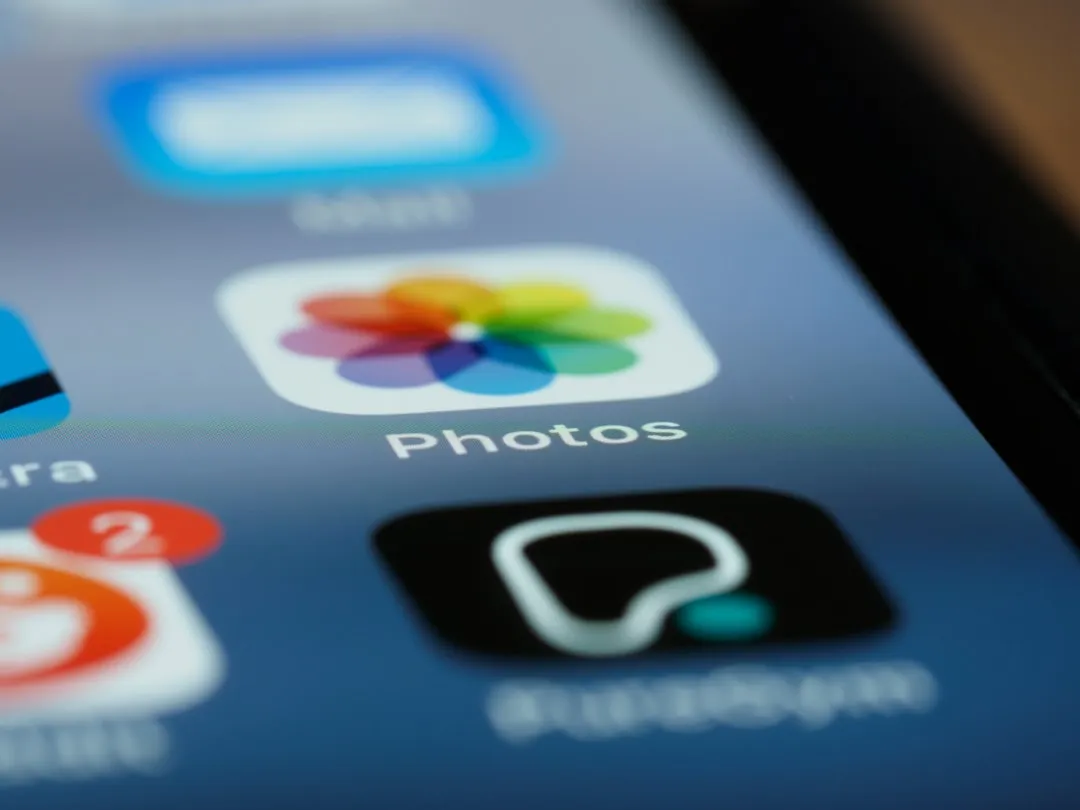
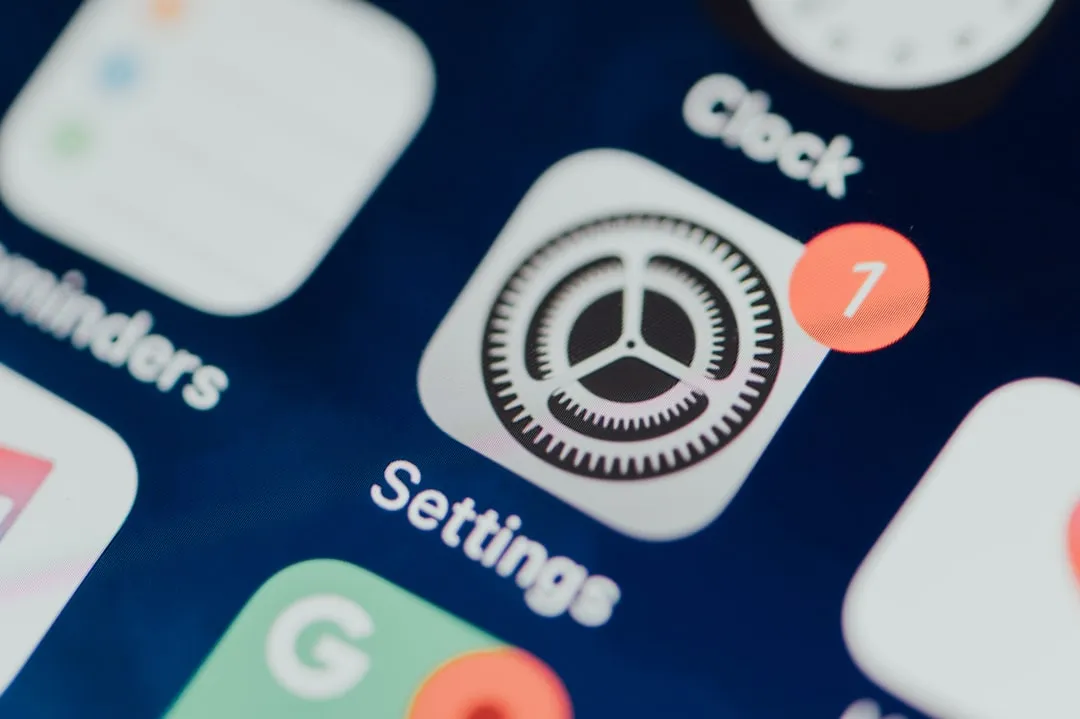
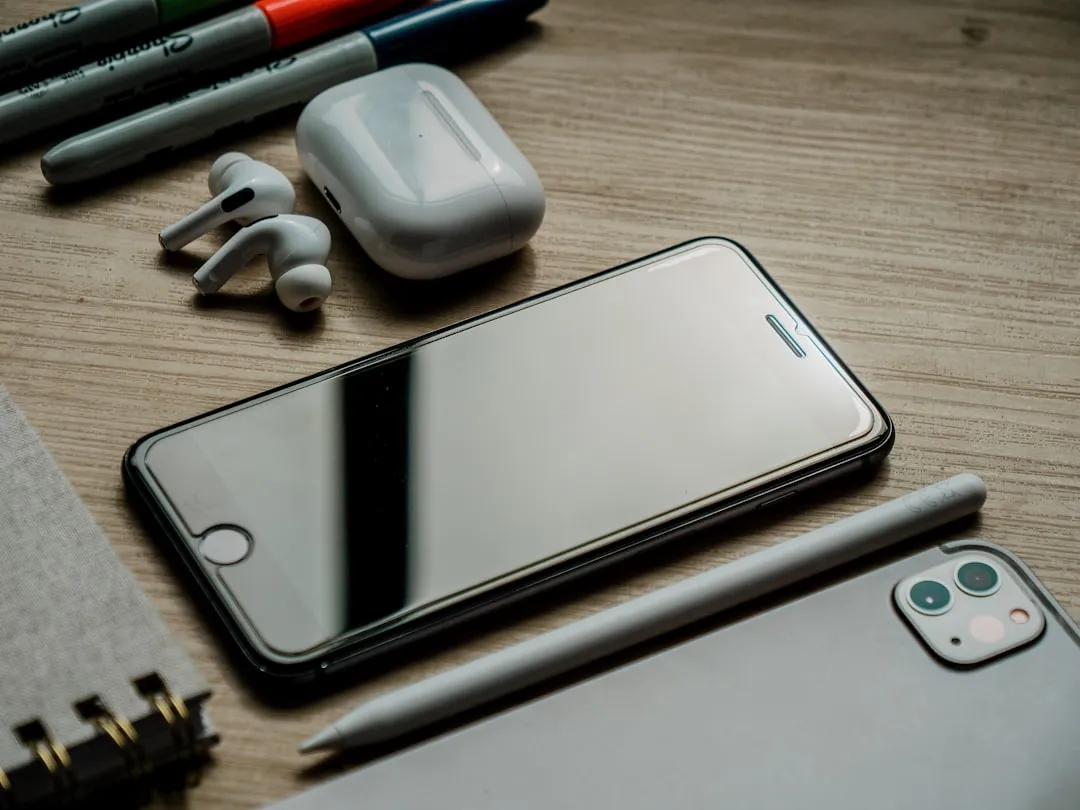


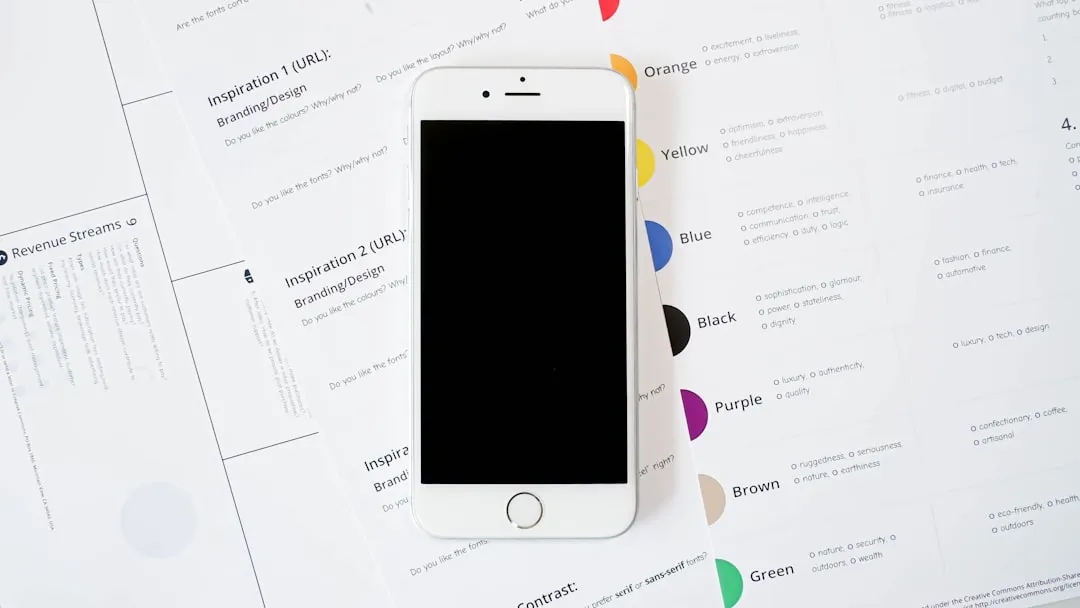
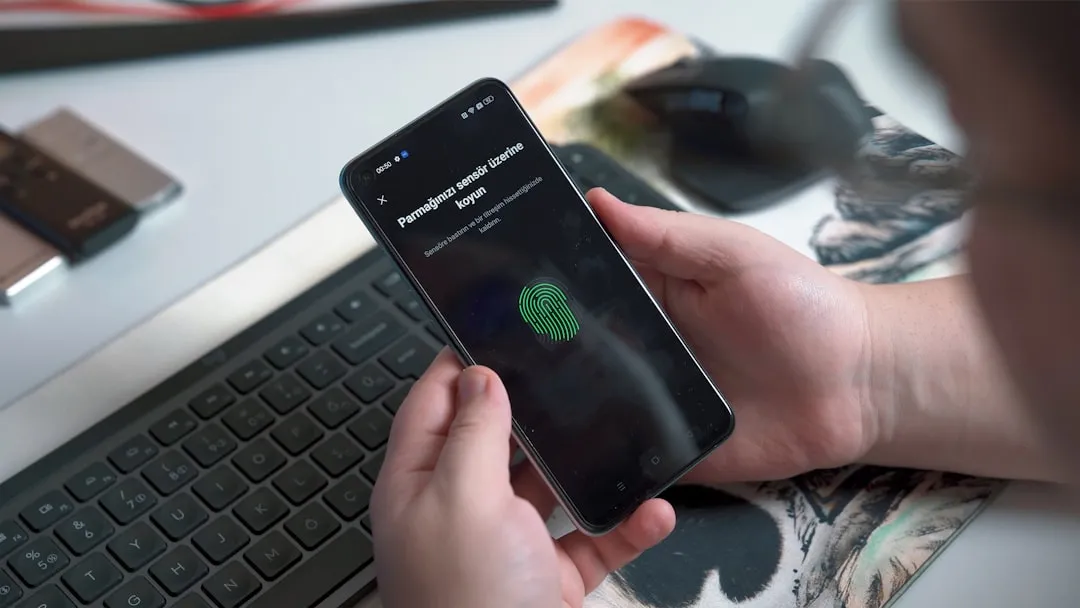
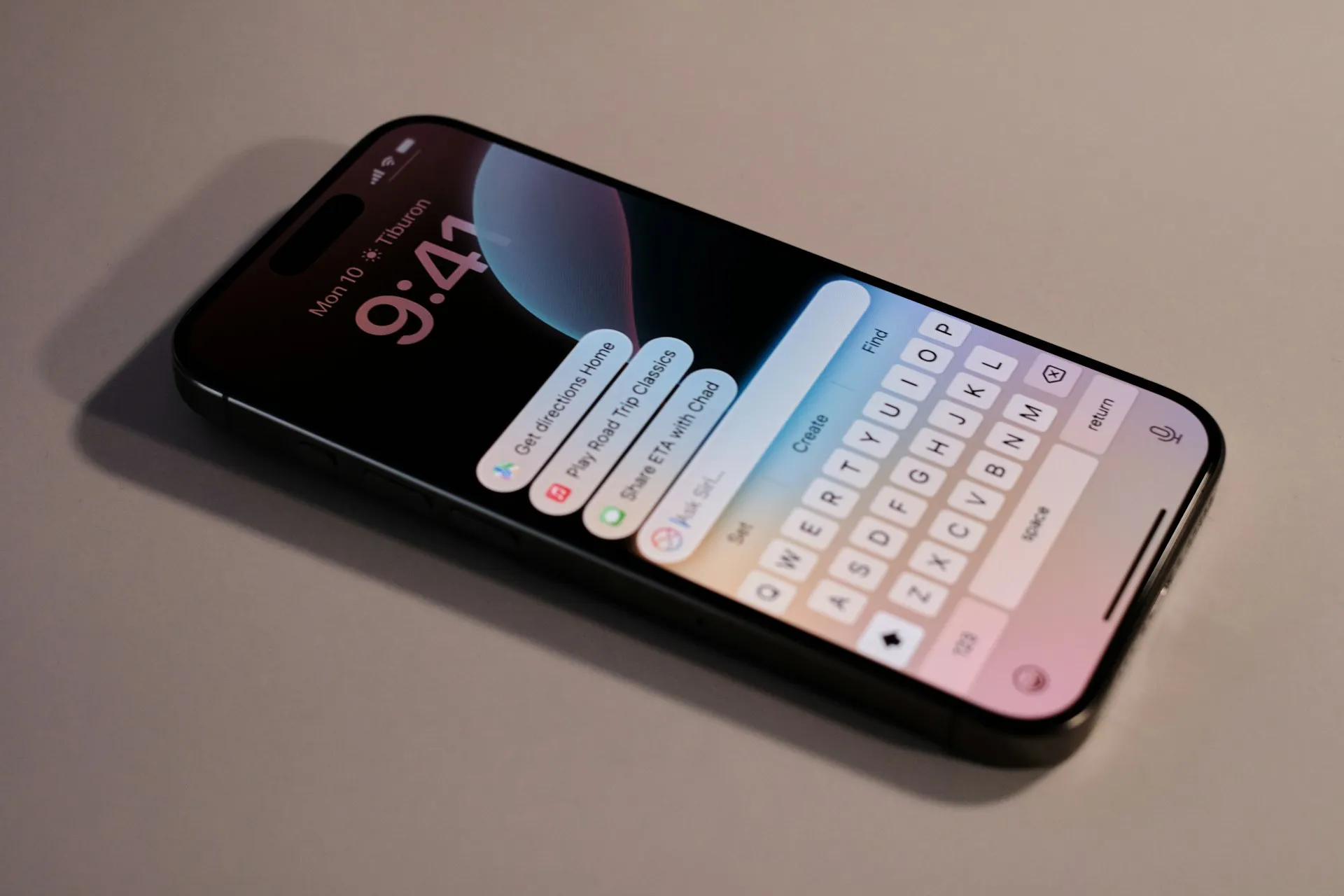

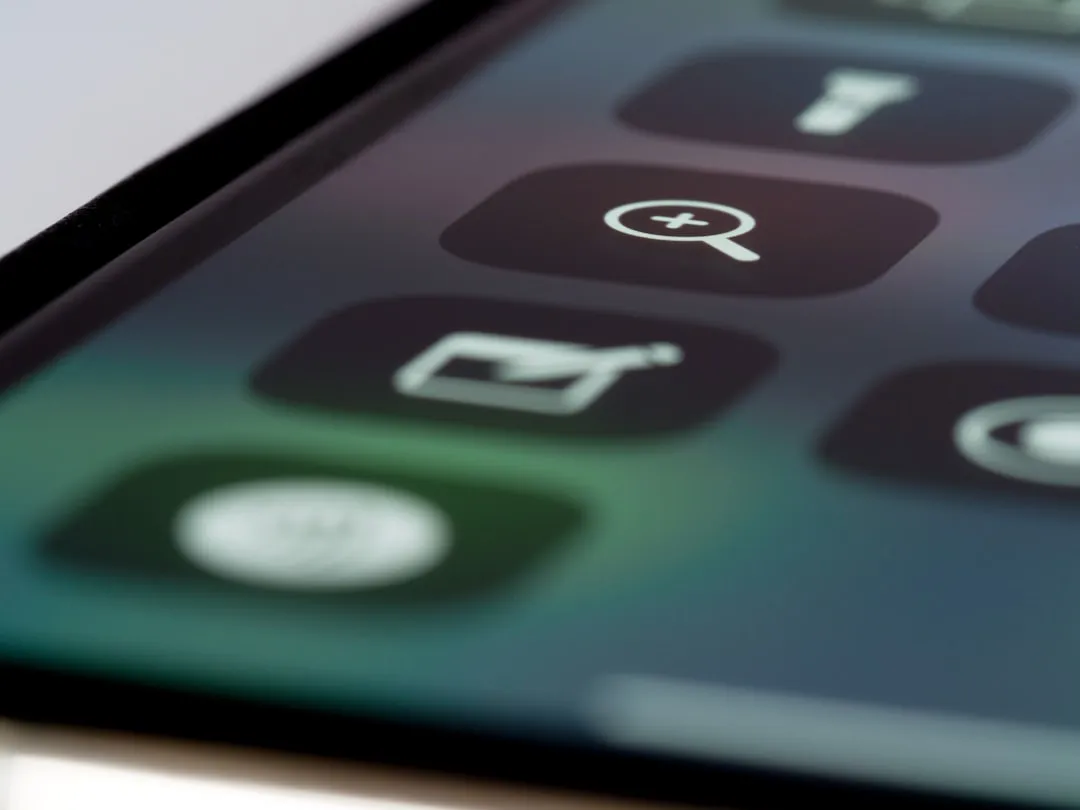
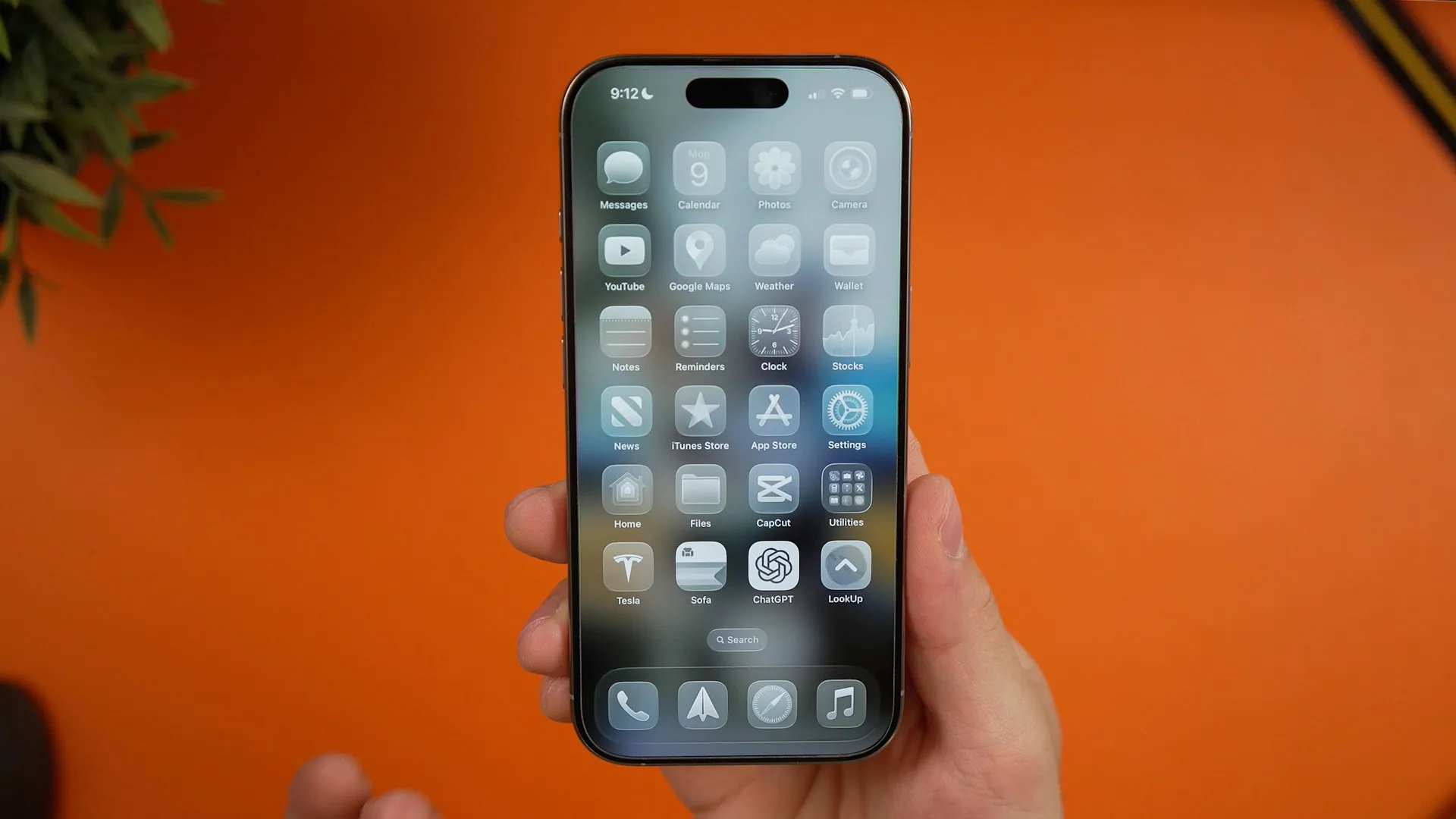
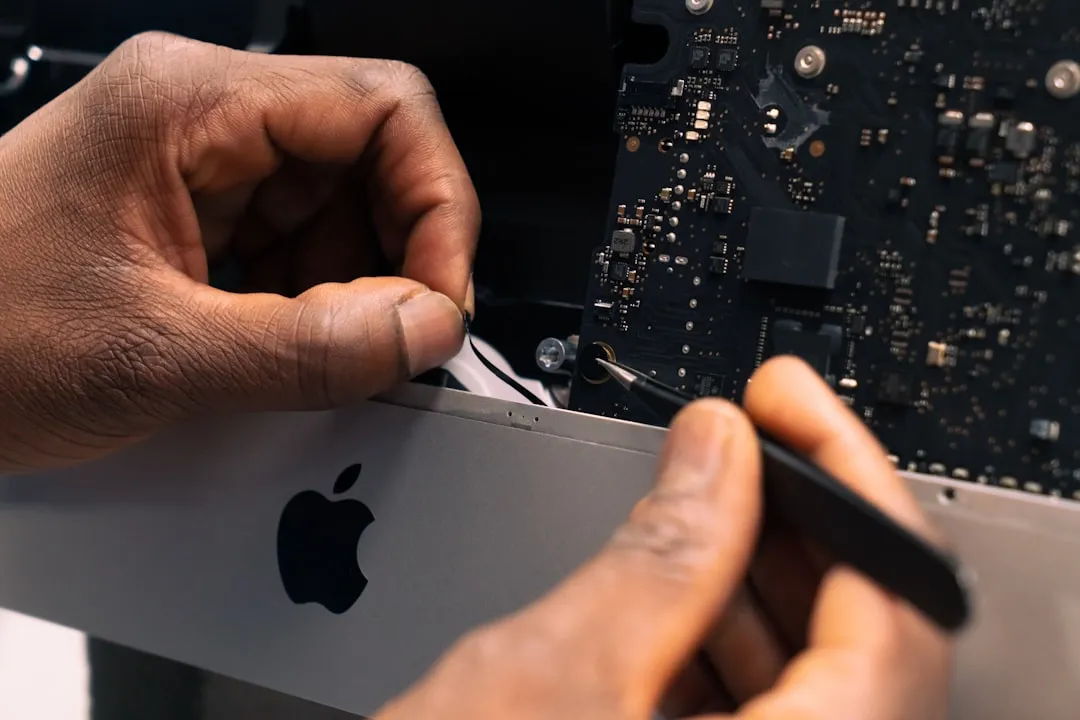
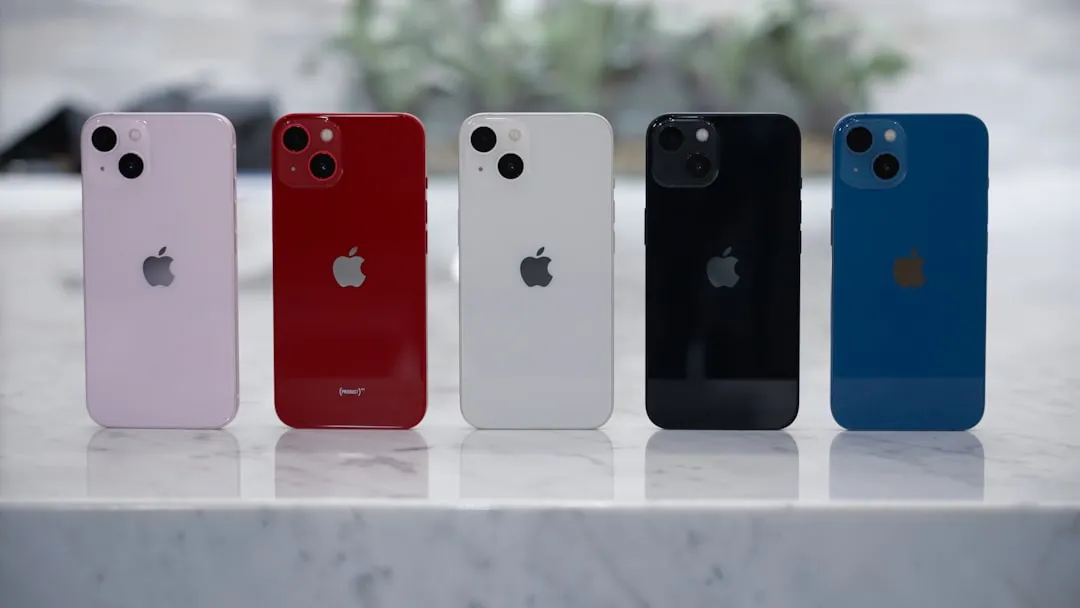
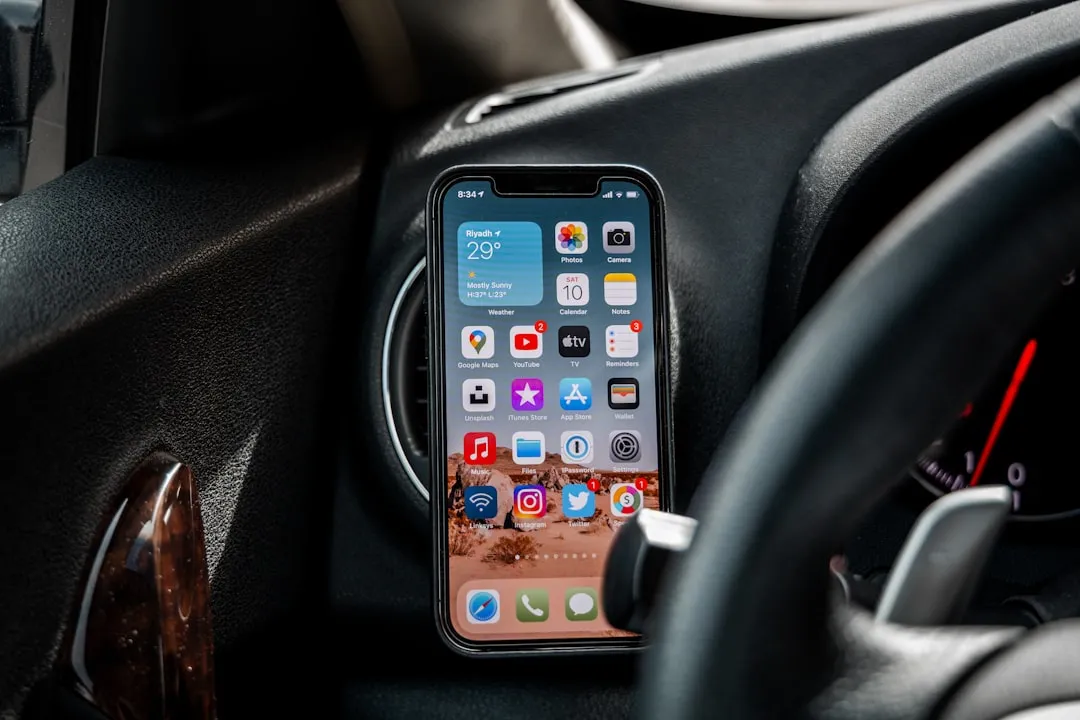


Comments
Be the first, drop a comment!